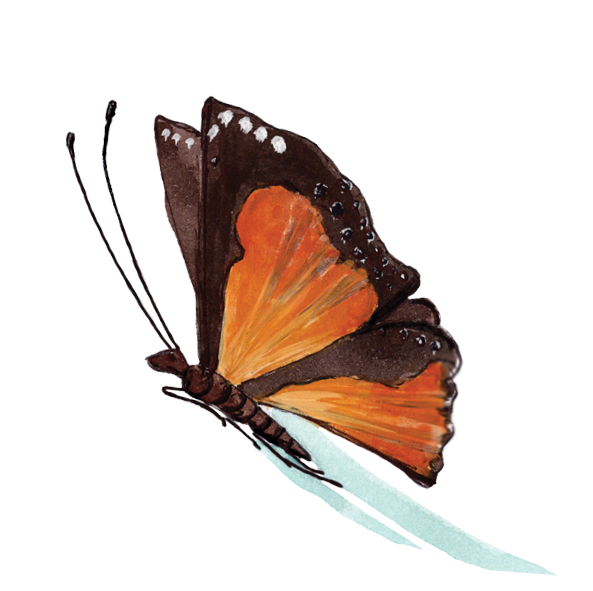An easy way to identify whether a laughing kookaburra is a juvenile or an adult is by looking at its beak. In juveniles, the whole beak is dark in colour while adults have a dark upper beak and cream-coloured lower beak.
If something happens to the parents of a kookaburra chick, the siblings automatically step in and take on the role of the parents.
You can differentiate female yellow-tailed black cockatoos from males by looking at their eyes. Females have pale grey rings around their eyes, whereas males have pink rings. One of their favoured foods is witchetty grubs, which they often find in the trunks of the silver wattle.
Turtles nest mostly between November and January. They will travel from a water source to find a good nesting spot. Turtle nests are very vulnerable to being dug up and destroyed by foxes and dogs.
Did you know wombats create cubed poo? They strategically place their cubes on top of logs, rocks and at the opening of their burrows to mark their territory. Pretty clever – it doesn’t roll away.
While we’re on the subject of poo, koala poo smells exactly like eucalyptus.
Sacred kingfishers are mainly solitary, pairing only to breed. They spend their time north of their range for the winter and return south to breed in the spring. Both parents build the nest, incubate their eggs and care for their babies.
While venomous, tiger snakes can be quite shy and will usually move away and hide when they sense danger. It’s still always wise to be cautious around them when out walking.
Eastern brown snakes have amazing adaptations! From November to January, females lay eggs (up to 35, but averaging 15 to 16), often in abandoned animal burrows. They usually lay in damp nest sites so the eggs can absorb water, vital to embryo development. Females will often stay in the borrow for up to five weeks after laying to protect the eggs. This is when they can be quite defensive, although striking in defence is usually a last resort.
In the warmer weather, one of the methods echidnas use to help stay cool is to blow bubbles from their little nostrils. As the bubbles burst and wet the tip of the echidna’s beak, this cools the blood down under the skin at the tip of its beak.
How to help our wildlife
Our wildlife struggle during the summer holidays. More people out and about equals more road casualties, injuries and orphans. On extremely hot days, they become dehydrated and exhausted. Their usual food sources and habitats dry up, forcing them to search in unfamiliar territory. This leads to them becoming displaced, easy prey – and again road casualties.
Please place shallow bowls of fresh cold water in the shade for all creatures to access. Add rocks and sticks to assist little ones getting out. Keep bird baths topped up and of course, please don’t hesitate to call us or your local rescuers if you find any heat-affected, injured or orphaned wildlife.


